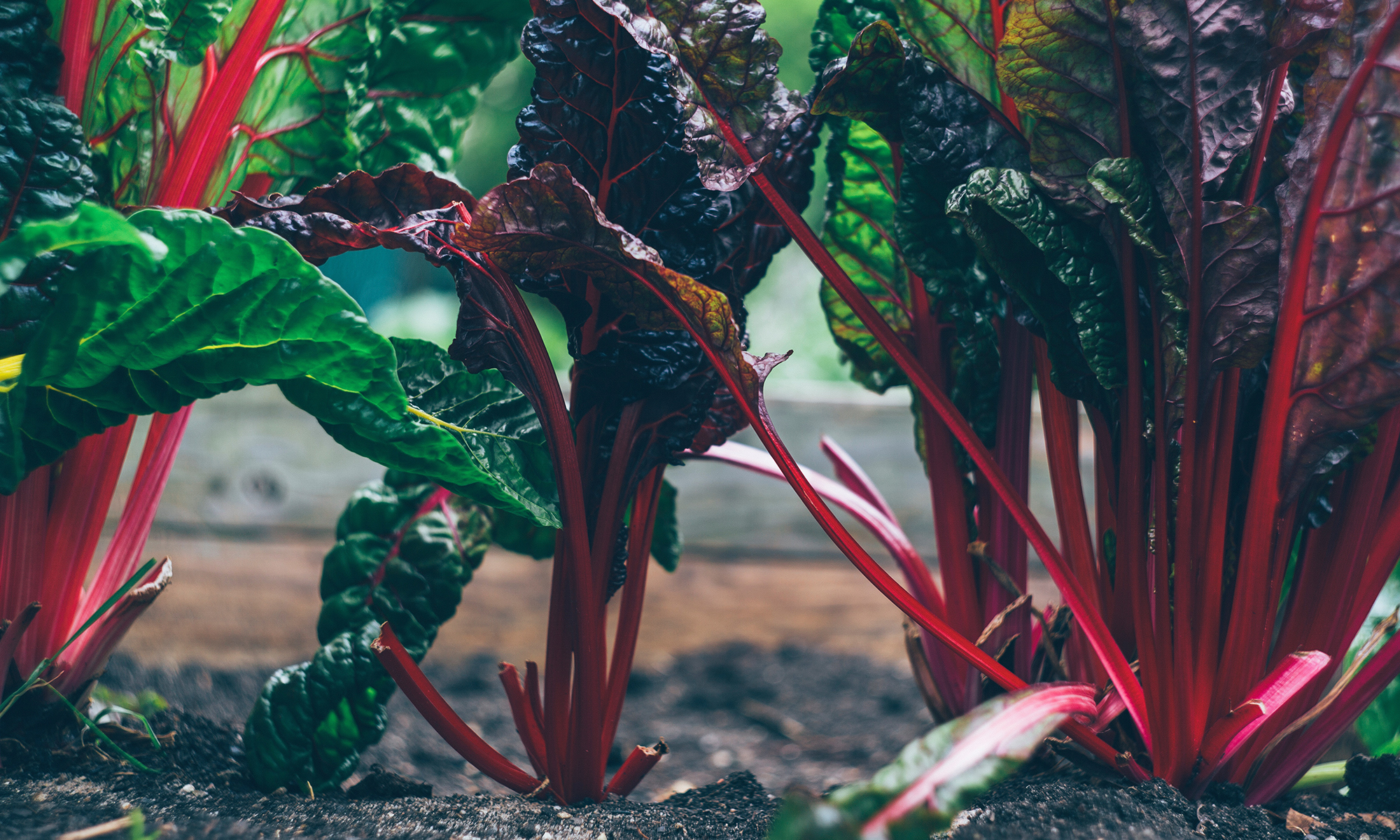When I arrive on the farm, Brett takes me on a tour of the fields– showing me where the different crops are (with a rigorous schedule of crop rotation, it changes every year), what’s in season and what’s fading. There’s a squash bug that’s feasting away on the courge longue de nice. The cucumbers are starting to wane. And the cherry tomatoes are just going crazy. He takes me into the packing room. Crates and crates of tomatoes, eggplants, potatoes and melons are stacked high.
I also have time to ask my gardening questions… the aphids on my kale and Brussels sprouts continue to plague me. I’ve tried (organic) sprays, planting marigolds in between the rows and releasing lady bugs onto the plants to eat the aphids. Nothing seems to work. Brett suggested that I have too much nitrogen in my soil. This makes sense since I tend to add a decent amount of compost to my soil every year because I don’t have the space for crop rotation.
After all these years of visiting the farm, I have my own routine. The first few days are focused on canning tomatoes. Brett has set aside cases of tomatoes for me, and I start cutting them up. Halved tomatoes for smoking and chunks for stewing. A separate container of tomatoes get a very coarse chop and are destined for ketchup.
Once the tomatoes are ready for cooking, Brett lights a fire under the 100 gallon kettle. I cook the tomatoes in batches. And while they’re simmering, we start another fire under the canner – a flat-bed kettle that will hold about 100 canning jars and enough water to cover them.
Despite the plethora of tomatoes and the canning capacity of the farm’s outdoor kitchen, I only can about 60 jars of tomatoes. I make 6 gallons of ketchup, but only take 1 gallon for my own stash. I leave the rest for Brett and his crew.
With the canning out of the way, I fall into a more lazy routine. In the morning, I do my work – catching up on email, writing. I fix the crew’s lunch. I pick okra in the afternoon. Around 3pm, Brett heads back to the house, fixes us a few cocktail and we head over to the Bay to check on the crab pots. Even with the warm weather, a few male crabs find their way into the pots every day. The crabs make a great afternoon snack while I’m fixing dinner. But when they become abundant, I shell the meat and make them into a meal.
Pasta with Tomato-Crab Sauce
4 live blue crabs
1 tbs. chopped garlic
1 small onion or shallot, peeled and chopped
¼ cup white wine
2 cups chopped or jarred tomatoes
1 – 2 eggplant cubed
1 tbs. butter
1 tbs. fresh basil
Salt, pepper and lemon juice to taste
¾ pound fettuccine (I rolled my own pasta)
Canola oil
1. Scrub the crabs clean under cold water. Dry on a paper towel.
2. Heat a large skillet over high heat. Add the oil and then the crabs, upside down. Let the crab shells toast in the oil for a few minutes.
3. Add the onions and garlic to the crab pan and cook for 2 minutes until they begin to soften. Then add the white wine and tomatoes. If the pan seems dry, add 1/3 cup of water too.
4. Cover the pan and let the crabs steam for about 5 minutes. Remove crabs from pan, making sure to scrape off and save the tomatoes.
5. Let the crabs cool and remove the meat.
6. Cook the eggplant: season cubes with salt and pepper. Heat a large skillet over high heat. Add a tablespoon of olive oil and then the eggplant. Let sit for a few minutes so the eggplant can brown. Toss and continue cooking until eggplant is tender. Set aside.
7. Bring a large pot of salted water to a boil. Cook pasta for 1 minute less than the package instructions
8. While pasta is cooking, toss the crab meat and eggplant with the tomato sauce. Add a pat of butter, basil. Season to taste with salt, pepper and lemon juice.
9. When pasta is done, drain. Toss pasta with sauce.
From the farm: tomatoes, eggplant, basil, eggs
From the bay: crabs





